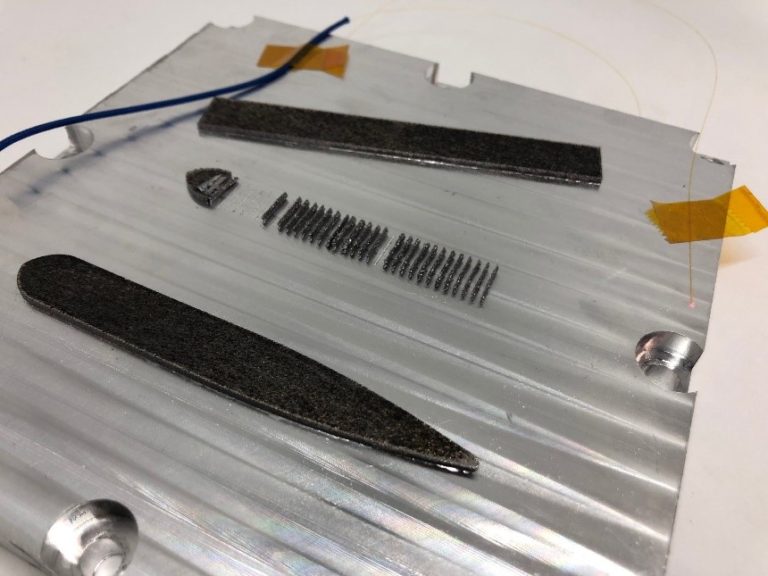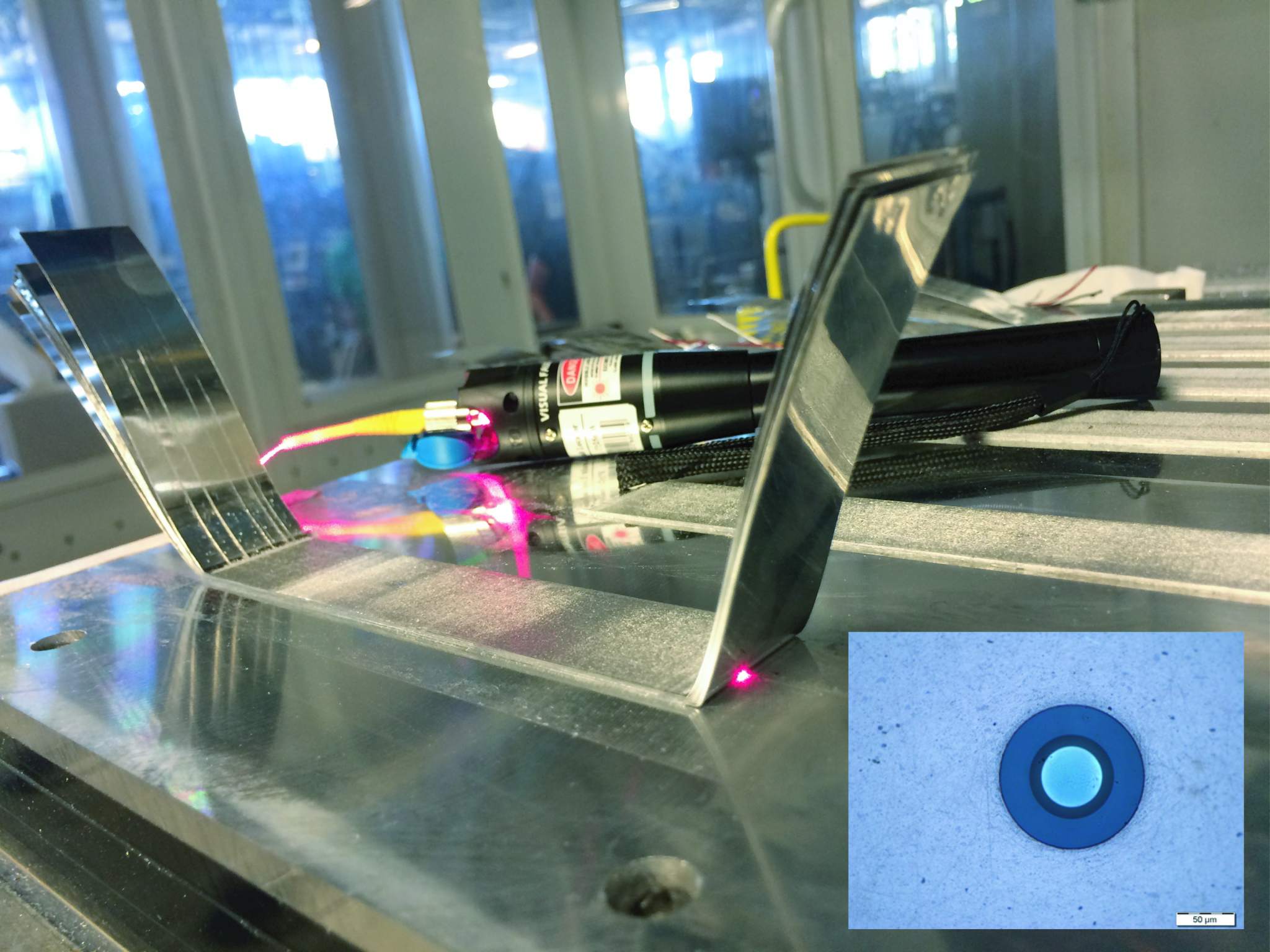Fabrisonic, the Ohio-based solid-state metal 3D printing specialist, has partnered with EWI, and Luna Innovations to build a Smart Baseplate for Laser Powder Bed Fusion (LPBF) additive manufacturing processes.
“One the biggest complaints we hear from our powder brethren is consternation around build plates,” explained Mark Norfolk, President of Fabrisonic.
“[This includes] parts that can debond or delaminate from the build plate during printing, build plates distorting due to the build-up residual stress, [and] build plate bolts breaks from excess residual stress during a build.”
In order to properly measure the loads going through build plates, the partners developed a 3D printed build plate with embedded sensors.

Fabrisonic and Ultrasonic Additive Manufacturing
Fabrisonic’s patented low-temperature Ultrasonic Additive Manufacturing (UAM) utilizes welding with commercially available foils to 3D print parts at a low temperature. Last year, the company announced its partnership with Luna Innovations, a manufacturer of optical measurement equipment to develop smart structures for defense and medical industries.
UAM has also been leveraged to create heat exchanger devices which have passed NASA’s quality control tests for use outside of Mars rovers to protect its electronic system from extreme temperatures in space. Earlier this year, Fabrisonic also debuted its latest UAM system, the SonicLayer 1200 at RAPID + TCT 2019 in Detroit.
Most recently, the company, Luna Innovations, and EWI have collaborated to design and build an instrumented LPBF build plate for the Defense Logistics Agency (DLA) under a Phase I STTR program. UAM was leveraged to print a plate with a single embedded fiber optic sensor.

A 3D printed Smart Baseplate for LPBF
Within the Smart Baseplate is the fiber optic which has been embedded with a specific undulating pattern to resolve the strain across the entire build plate. The partners placed the smart baseplate in EWI’s PBF machine, testing a build that included ‘problematic’ features. As a result, it was found that the device picked up significantly more information than just a bulk stress state.
According to Norfolk, the video below shows true strain-time plots resolved in the x-y plane (left) and the raw data along the length of the fiber (right). The sensors also provide data analyzing individual ‘pixels’ for sudden vector changes that indicate many build issues.
As a result of this research, the partners hope to expand the Smart Baseplate’s capabilities by refining data mining techniques and embedding more sensors.
For more information on the latest additive manufacturing news, subscribe to our 3D printing newsletter and follow us on Facebook and Twitter. Visit our 3D Printing Jobs board to find out more about opportunities in additive manufacturing.
Featured image shows the 3D printed Smart Baseplate. Photo via Fabrisonic.


